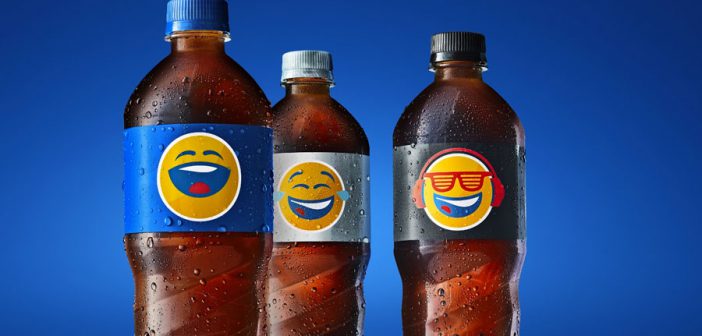Brands that are connecting at the speed of culture will win, said Adam Harter, PepsiCo’s VP of cultural connections, during his keynote presentation at the Digital Marketing World Forum (DMWF), in New York City.
Harter took the stage on Wednesday afternoon to talk about marketing in a post-mobile world, where big data, influence, and the blending of real and virtual worlds have redefined marketing—for the better.
According to Harter, 90% of the world’s data has been created in the past 12 months. Mobile, he said, is indispensable in the “connected” world. In fact, 90% of 18- to 29-year-olds sleep with or next to their smartphones; by the end of 2016, more than 8 trillion texts will have been sent overall.
This mobile-obsessed environment is what made PepsiCo realize it needed its own mobile-first reset. This reset consisted of four parts:
- A shift in culture.
- A better strategy for leveraging the data explosion.
- Driving dynamic creative.
- Measuring success every step of the way.
PepsiCo’s shift in culture is based on a new guiding principle: No campaign, program, or tactic will be considered if mobile isn’t part of the equation, Harter said.
“If someone calls a meeting to review creative for a campaign that doesn’t have a mobile component, that meeting gets cancelled,” Harter said. “We don’t even look at it.”
Additionally, PepsiCo is leveraging data to anticipate and be ready to activate, looking for the perfect moments in time to insert the brand and drive buzz. According to Harter, partners are key in leveraging the data explosion.
In terms of driving dynamic creative, everything that PepsiCo does takes into consideration what Harter calls “thumb-stopping behavior.” With so much media being thrown at always-connected customers, standing out has, understandably, become more difficult. That’s why “Make it memorable and make it immersive” is now PepsiCo’s mobile mantra.
Also part of PepsiCo’s newfound focus on dynamic creative is the democratization of influence, Harter said. Influencers, he said, can truly shape what a brand is trying to do. Sometimes they can even tell the PepsiCo brand story even better than the brand itself.
According to Harter, any program in which PepsiCo alters reality is a big hit with its fans. For example, a program in collaboration with Fox’s “Empire” took brand integration to the next level when Pepsi was featured in the plotline of three episodes. The lead character, Jamal, won a sponsorship deal after he created the song “Ready to Go” for a Pepsi ad. Jamal introduced the commercial and then Fox aired it during the commercial break. Then it was back to the show, blurring the lines between programming and advertising like never before, Harter explained.
“Consumers love when we can mess with their minds,” Harter said.
Another recent campaign that truly embodies PepsiCo’s commitment to mobile-first communications is #SayItWithPepsi, Harter said. Pepsi created branded emojis, placing them on its products in more than 17 markets, and also created a downloadable Pepsimoji keyboard.
“The #SayItWithPepsi campaign is really a never-been-done-before media approach,” Harter said. “It was truly mobile-first. We had five-second creative executions optimized for mobile. And the results were groundbreaking for us.”
This article first appeared in www.cmo.com
Seeking to build and grow your brand using the force of consumer insight, strategic foresight, creative disruption and technology prowess? Talk to us at +9714 3867728 or mail: info@groupisd.com or visit www.groupisd.com




